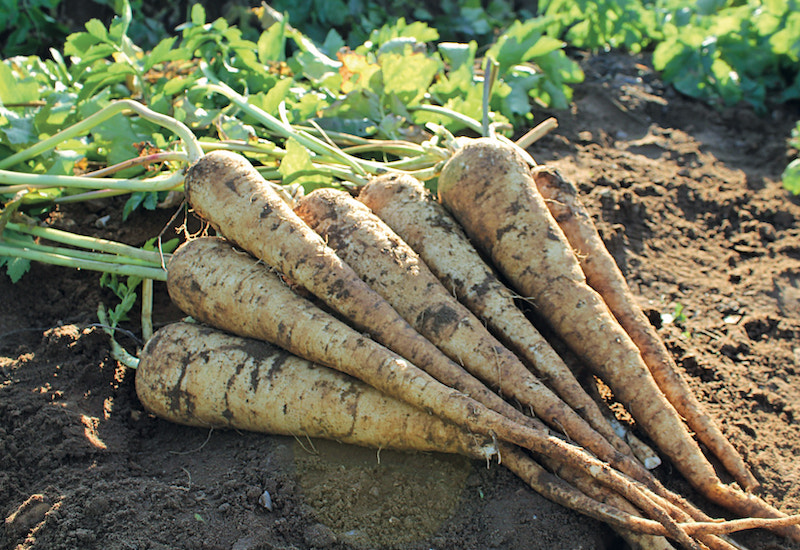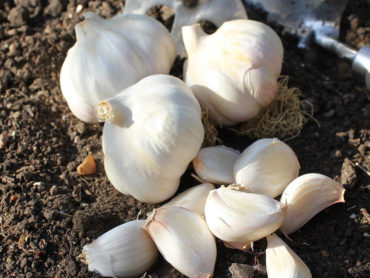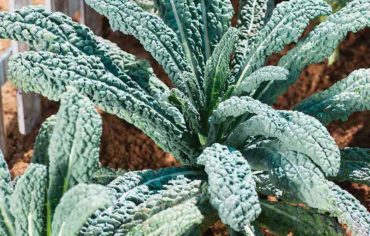Parsnip seeds are best sown in spring, directly into the soil where you want them to grow. Provided you use fresh seeds each year, they’re easy to grow and need very little care once germinated. We asked experienced allotment grower Lee Senior for some practical tips on successfully growing these sweet root vegetables. Read on for his tried and tested method.
Want to try? Browse our full range of parsnip seeds here.
How to choose the best parsnip varieties
The main consideration when choosing which varieties to grow is purpose – are they to eat or to show? If you’re growing to eat, then flavour is key. Disease resistance is also another factor if, over the years, your parsnips have suffered from unsightly canker. If you’re growing to show, then an exhibition variety is the best choice. Luckily a number of varieties are suitable for both!
One such variety is Parsnip ‘Tender and True’. This is a time-served parsnip that I’ve probably grown most over the years. It can be used for culinary or exhibition purposes and is a reliable all-rounder.
An excellent variety for flavour (and some canker resistance) is F1 ‘Warrior’. This is one of the longest parsnips around. The roots reach up to around 30cms (1ft) in length in good soil!
If you prefer shorter roots, my variety of choice is Parsnip ‘White Gem’. It’s perfect for much shallower soils and containers as well as raised beds.
Where to sow parsnip seeds
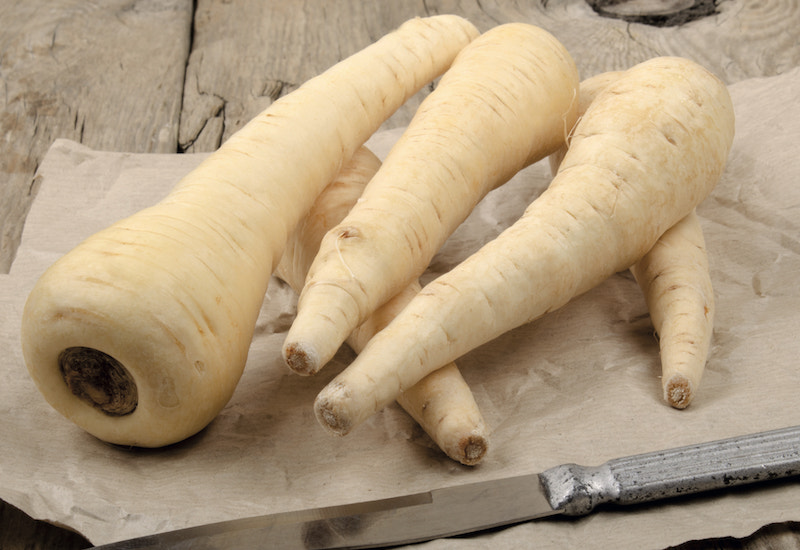
Image: Parsnip ‘Tender and True’ seeds from Suttons
Parsnips are an easy crop as long as you get the basics right. It’s best to sow the seed directly where they are to grow to maturity, and choose soil that hasn’t been manured within the last 12 months. This helps to discourage the roots from forking. Also, choose a stone-free patch of soil as larger stones can cause the roots to become misshapen. For the same reason, avoid compacted soil or heavy clay which is slow to warm up and has poor drainage.
Prepare your soil in advance of sowing by removing any large stones or pernicious weeds. The soil should have a fine tilth which can be achieved by rotavating beforehand or by working with a spade and then a rake. No dig raised beds are great for creating a good tilth.
If you’re growing shorter rooted parsnips, you can use large, deep containers containing a mix of proprietary compost and good quality garden soil. I’ve had fun growing mini parsnips in an old bath on my plot this year. They worked but, perhaps due to their diminutive size, the purists may not have approved!
When to sow parsnip seeds
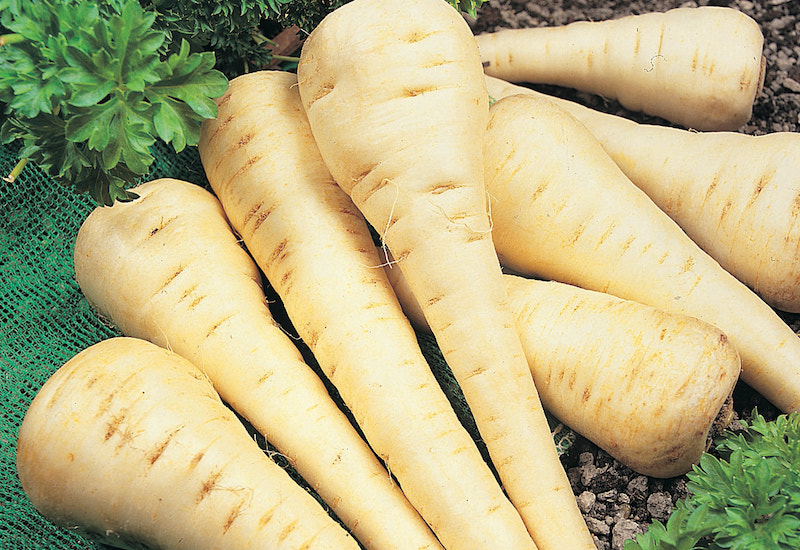
Image: Parsnip F1 ‘Gladiator’ seeds from Suttons (©T&M)
If there’s one seed that is slow, erratic and sometimes a challenge to germinate on the allotment, it’s the humble parsnip! The most important thing to remember is that parsnip seeds need to be fresh. They don’t remain viable for more than a few months once opened. Without doubt, this is one veg where you can’t store half a packet of foil wrapped seeds and expect them to germinate the following year. It will almost certainly prove to be a waste of time. Consequently I always buy new seeds for each season.
Over the years I’ve read about how parsnips are suitable for sowing as early as late February, as they need a long season. They do need a long season, but I haven’t had any success with direct sowing this early in my loamy soil as it’s simply too cold. In mild springs, with cold frame or fleece protection, the seeds may do ok if sown at the end of March although, in my experience, even this is pushing the boundaries to the limit. Over the years I’ve learned that later sowings are the way to go. Germination is far more reliable when the soil is a bit warmer.
The best time to sow parsnip seeds is during April. Start them off in prepared, pre-warmed soil that has been covered with black sheeting to capture the warmth of the early season sun. The plants from late April sowings quickly catch up with earlier sowings, and by December there’s no noticeable difference.
How to sow parsnip seeds
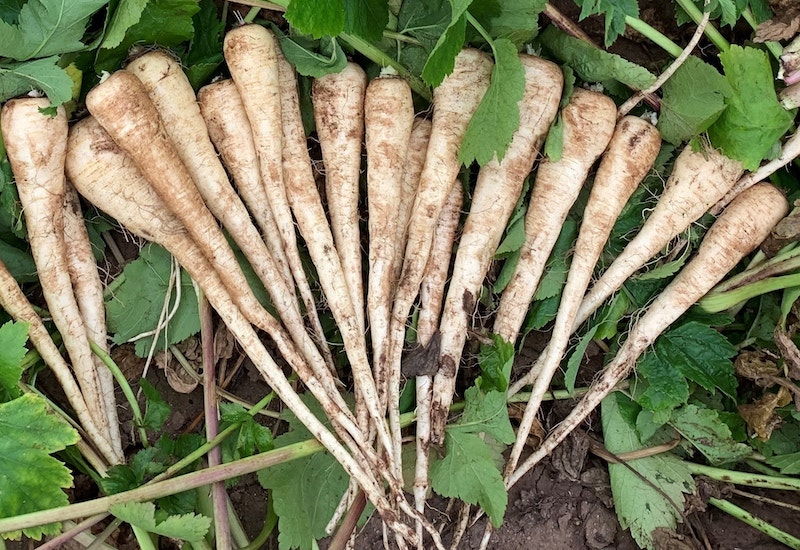
Image: Parsnip ‘Sabre’ F1 seeds from Suttons
Parsnip seeds are very light, flat and quite large, making them easy to handle. They can be prone to blowing away in the wind, so experience has taught me to choose a still day or be extra careful in a breeze! It’s worth taking a little time to sow the seeds thinly, 10cms (4 inches) apart, as this will be their permanent growing position. Some allotment holders sow in clumps with a view to thinning out the weaker seedlings, but I like to get the spacing right at this early stage.
Sow the seeds into drills at a depth of 1.5cm and cover with soil. Very lightly firm the soil to remove air pockets and ensure good contact. Make sure the soil is moist. Parsnips generally take 3-4 weeks to germinate so please don’t give up on them! It’s always worth marking the ends of the rows with canes or similar.
Parsnips can be sown with fast-maturing radishes in the same drill. The radishes help to utilise the space and won’t interfere with the slower-growing parsnips. This makes identifying the rows (and therefore weeds) easier too. It’s possible not to see the tiny parsnips if there are weeds around, and it wouldn’t be the first time that I’ve pulled up parsnip seedlings with clumps of chickweed. Although chickweed is edible it’s just not the same!
Parsnip seedlings can be thinned if they germinate too closely or if you’ve sown deliberately in clumps. If you intend to grow more than one row, space the rows at least 25cm (10 inches) apart. For larger roots, extend this to 30cms (12 inches) apart.
I have experimented with using excess parsnip seedlings as transplants to get a bigger crop. This can be useful, especially if you have a lot of gaps in the rows. The seedlings will develop and grow well if you carefully tease out the young plants and replant into a ready made hole without damaging the tap root. Water well until they establish. If you do try this, be aware that these roots are more likely to be misshapen and are unlikely to win any prizes at the local show! I don’t mind this, as they’re bonus plants and it’s a waste to throw them away.
To make life a little easier, parsnip seed tapes are a great idea. The tapes are quick and easy to use and can be cut to any length. The seeds are already correctly spaced on the tape but the seedlings can still be thinned further after germination if required. To use the tapes, simply make a shallow groove in the pre-prepared soil where they are to grow and roll the tape out. Lightly cover the tape with moist soil and cover with fleece or cloches to encourage quick germination.
How to care for parsnips
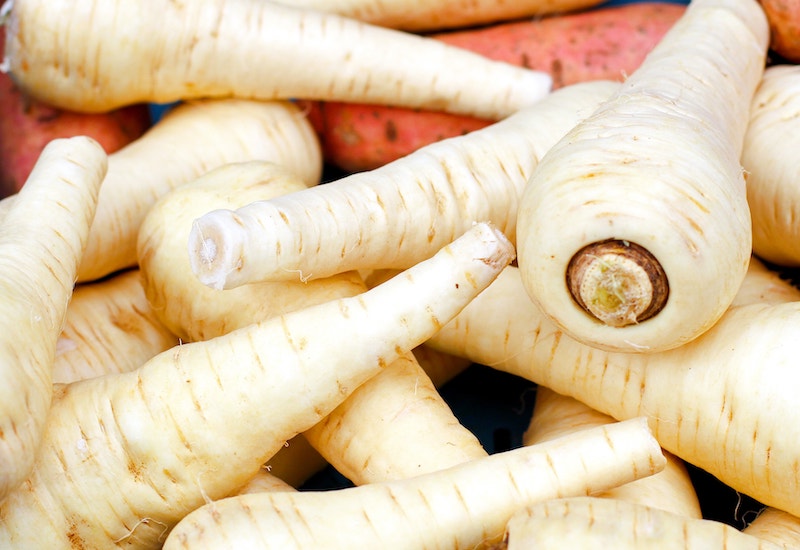
Image: Parsnip ‘White Gem’ seeds from Suttons
Parsnips are easy-going and generally trouble-free once the seeds have germinated. However they do occupy the ground for a long time – around 9 months or even longer if you harvest in late winter. I keep my plants well watered during dry spells, but otherwise pretty much leave them to it other than a bit of weeding.
The larvae of carrot flies can attack parsnips, but this is relatively uncommon and I don’t bother covering my plants with any netting. If your plot is prone to carrot fly, you might consider covering the plants.
Canker is by far the main threat to parsnips. This is a destructive and unsightly fungal disease that causes browny-orange, or sometimes black lesions on the skin of the roots, commonly found on the shoulder. Your best defence against canker is to choose a variety that shows good resistance. Parsnip ‘Tender and True’ and F1 Parsnip ‘Warrior’ both offer some resistance.
How to harvest and store parsnips
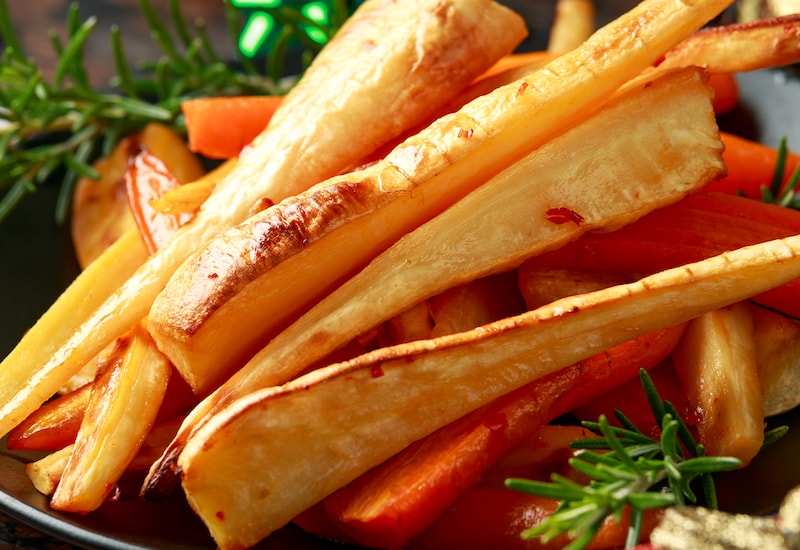
Image: Parsnip ‘Warrior’ F1 seeds from Suttons
Parsnips are seriously tough! They can be harvested from mid-autumn through to late-winter. However, if you like your parsnips to taste a little sweeter (as I do) then frost is your best friend. The roots will survive in the ground into the depths of winter provided your soil is free-draining. Most allotmenteers agree that frost enhances the flavour and the roots cope admirably with the sub-zero temperatures.
Harvest your parsnips carefully with a fork, loosening the soil gently around the plants first and making sure you get enough depth with the fork. It’s easy to underestimate just how deep those tap roots can go! That snapping sound when the root breaks is one that will live with me forever!
If you’re worried about the soil being frozen at harvest time, simply cover a few plants with sacking or other protection to prevent it from freezing. Parsnips are one of my absolute favourite winter stalwarts, especially when roasted for a home grown Christmas dinner. Our article on how to grow your own Christmas dinner has tips on how and when to start all the other seasonal vegetables you’ll need.
We hope we’ve inspired you to try growing your own parsnips from seed. Find more of Lee’s practical, hands-on, vegetable growing advice over at his monthly allotment pages.
Lead image: Parsnip ‘Panorama’ F1 from Suttons

